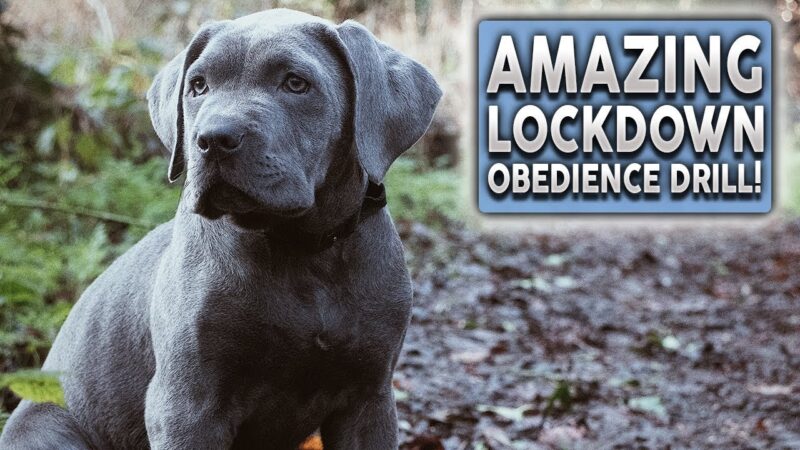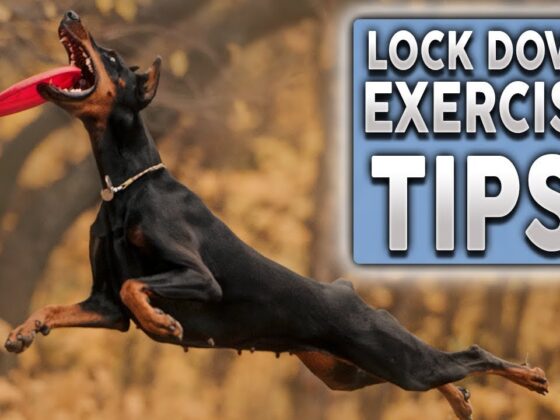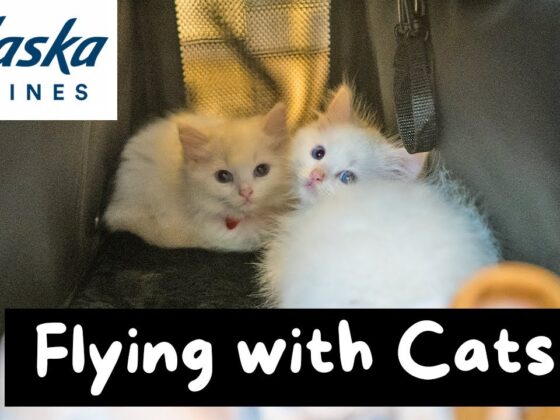Is your dog struggling with distractions, or do you wish you had a more profound connection and better control, even in a busy home? Many pet parents dream of a perfectly behaved canine companion, especially when spending more time together. Imagine being able to communicate with your dog effectively without saying a single word, fostering a bond built on trust and understanding.
This comprehensive guide will unlock the secrets to silent, non-verbal dog obedience. You’ll learn an amazing drill that can transform your dog’s behavior, enhance their focus, and solidify your role as their trusted leader, all from the comfort of your home. Get ready to level up your canine leadership and enjoy a calmer, more obedient pet!
Why Silent Communication is a Game-Changer
Verbal commands are fundamental, but introducing non-verbal cues adds incredible depth and versatility to your dog’s training. Petiance’s own canine behaviorist, Willie McCain, emphasizes, “It’s really useful to be able to communicate with your dog in different ways, not just verbally.”
Here’s why hand gestures and body language are so powerful:
- Universal Understanding: Non-verbal cues transcend language barriers, making it easier for different family members or trainers to work with your dog.
- Adaptability for All Ages: As dogs age, their hearing or vision may decline. Training with multiple markers ensures effective communication throughout their lives.
- Enhanced Focus: Hand signals encourage your dog to pay closer attention to your movements and body language, strengthening their bond with you.
- Mental Stimulation: Learning and responding to silent cues provides significant mental enrichment, helping to drain energy and encourage calm behavior, especially important during periods of reduced outdoor activity.
- Real-World Readiness: In noisy environments or situations where verbal commands are impractical, silent communication allows your dog to remain obedient and connected to you.
The Power of Layering: From Verbal to Non-Verbal Mastery
The key to successful non-verbal training is layering. Start by teaching commands verbally, then gradually introduce and link a distinct hand gesture to each command. Over time, as your dog creates a strong association, you can begin to phase out the verbal cue, relying solely on your hand signals.
Your Step-by-Step Obedience Drill
This drill, demonstrated by Willie McCain and his Labrador Sully, can be performed anywhere – your garden, living room, or even a small apartment. It’s about building clear, consistent associations between your hand gestures and the desired behaviors.
- Start with Verbal & Visual: Begin with commands your dog already knows. Give the verbal command (e.g., “Heel”) simultaneously with your chosen hand gesture (e.g., finger pointing down). Repeat this pairing consistently.
- Heel: While saying “Heel,” point your finger straight down to the floor on your left side.
- Stay: With an open palm, give the “Stay” command.
- Come: When you say “Come,” open your arms wide in an inviting gesture.
- Sit: Use a closed fist for the “Sit” command.
- Practice & Phase Out: Once your dog consistently responds to the combined verbal and non-verbal cues, slowly start to remove the verbal command. Focus purely on your hand gestures. Reward successful responses immediately.
- Consistency is Key: Practice this routine regularly, reinforcing the behaviors with treats and praise. Don’t correct mistakes harshly; instead, calmly re-ask for the command.
Transform Your Relationship: Become a Canine Leader
Beyond specific commands, this drill reinforces your role as a strong, reliable leader. Your dog learns to look to you for guidance and direction, regardless of distractions. For a deeper dive into establishing unparalleled canine leadership and reshaping your relationship with your dog, consider structured programs that offer proven protocols for puppies to senior dogs.
Practice Under Distraction
As your dog masters these silent commands, gradually introduce distractions. This could be another person in the room, toys, or even other pets (if safely managed). The goal is for your dog to remain focused on you and your commands, no matter what is happening around them. This builds incredible reliability and confidence for both of you.
Ready to Transform Your Dog?
This silent obedience drill is not just effective; it’s fun for your dog and incredibly rewarding for you. Dogs thrive on purpose and connection with their owners. By implementing these techniques, you’re not just teaching commands; you’re building a stronger, more harmonious relationship with your furry best friend.
Get out there, try this drill with your dog, and witness the amazing transformation that silent communication can bring. Share your progress in the comments below – we’d love to hear how these tips are helping you become the best canine leader your dog could ask for!





